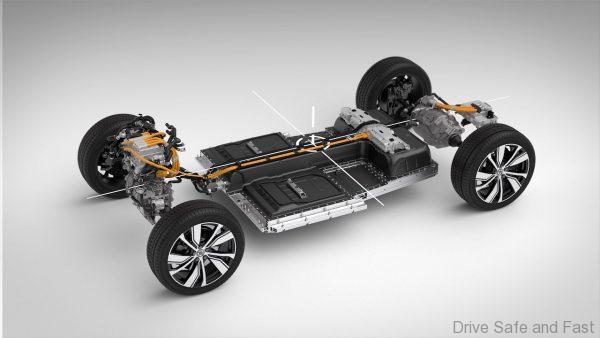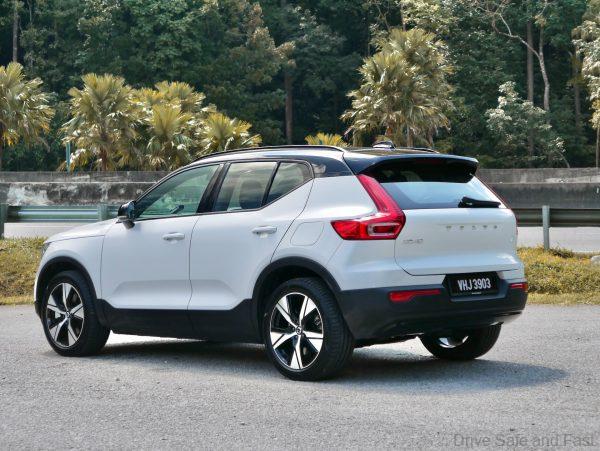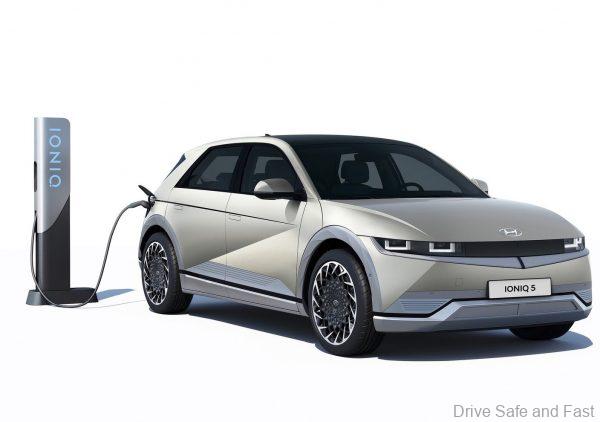Hyundai IONIQ 5 Max vs Volvo XC40 Recharge Pure Recharge
We pit the Hyundai IONIQ 5 Max against the Volvo XC40 Recharge Pure Recharge.
Last month, Malaysia saw more new electric car launches than ever before. Spurred on by the government’s tax exemptions and incentives for new electric vehicles, Mercedes-Benz Malaysia, Volvo Car Malaysia and Sime Darby Auto Hyundai all launched Battery EVs.

Today we want to have a look at the two options at the RM260,000 mark – the Hyundai IONIQ 5 Max and the Volvo XC40 Recharge Pure Electric. Specifically, these two cars come in at RM259,888 and RM262,459.75 respectively. However, there are significant differences between them.

Battery Capacity And Range
The first thing we’re going to look at is battery capacity and range. Where cars of the past were marketed at different price points using different capacity or output engines, electric cars of the future are priced according to battery size as the primary powertrain checkbox.

The Hyundai IONIQ 5 comes in two battery sizes, but for RM260K, you get the full-sized 72.6kWh lithium ion polymer battery which returns 430km of range on the WLTP cycle.

The Volvo XC40 Recharge Pure Electric, on the other hand, is only sold in Malaysia in one setup. This setup features a larger 75kWh lithium ion battery. However, this vehicle’s range is 418km on the WLTP cycle.

To us, lower capacity of the IONIQ 5 Max isn’t as important as its actual range. While it’s only a small advantage of 12km on a full charge, a win is a win. That 12km could be the difference between reaching your home charger and towing the car home.

Next, we’ll look at power and performance.
Both the Hyundai IONIQ 5 Max and the Volvo XC40 Recharge Pure Electric are dual motor vehicles, meaning they have an electric motor on the front axle and another one on the rear axle. Both cars also utilise Permanent Magnet Synchronous Motor and a single-speed transmission. The power output is vastly different on both cars though, and here we see the Volvo score a clear win.

The IONIQ 5 Max has 305PS and 605Nm of torque, which is very respectable. However, the XC40 Recharge Pure Electric comes with 408PS and 660Nm of torque. This also makes it faster from 0-100km/h by 0.3 seconds.
Charging Rate
Finally, we should take a look at charging times. The IONIQ 5 is based on the E-GMP, which is a very advanced, dedicated BEV platform on an 800V architecture. The XC40 Recharge Pure Electric sits on the Compact Modular Architecture, which can be adapted to ICE, Hybrid, PHEV and BEV applications.

Hence, the Hyundai IONIQ 5 Max has a distinct advantage when it comes to fast charging. It can support up to 350kW of DC Fast Charging (impossible to find one in Malaysia though) and this allows for an 18-minute charge up from 10-80%. 11kW AC charging would take the IONIQ 5 Max 6.1 hours to go from 0-100%

The Volvo XC40 cans support up to 150kW, which takes about 33 minutes to get about 80% of the battery’s full capacity. An 11kW AC charger takes 7.5 hours to fully charge the Volvo.
Conclusion
At the same price point, it’s pretty clear that the Hyundai IONIQ 5 Max is the better electric car. It’s down to how the car was built from the ground up to be a pure battery electric vehicle. Hyundai Motor Group put a lot of time and money into the E-GMP platform and its battery chemistry and the results speak for themselves.
However, the Volvo XC40 Recharge Pure Electric isn’t too far behind considering it’s essentially running the same chassis as the petrol engine and PHEV variants. It’s also worth considering the supply shortage of IONIQ 5 models globally. The Volvo, on the other hand, is a CKD product and there are big plans to sell a tonne of these. With a badge like Volvo, the price is justified despite losing a little in the spec department to Hyundai.